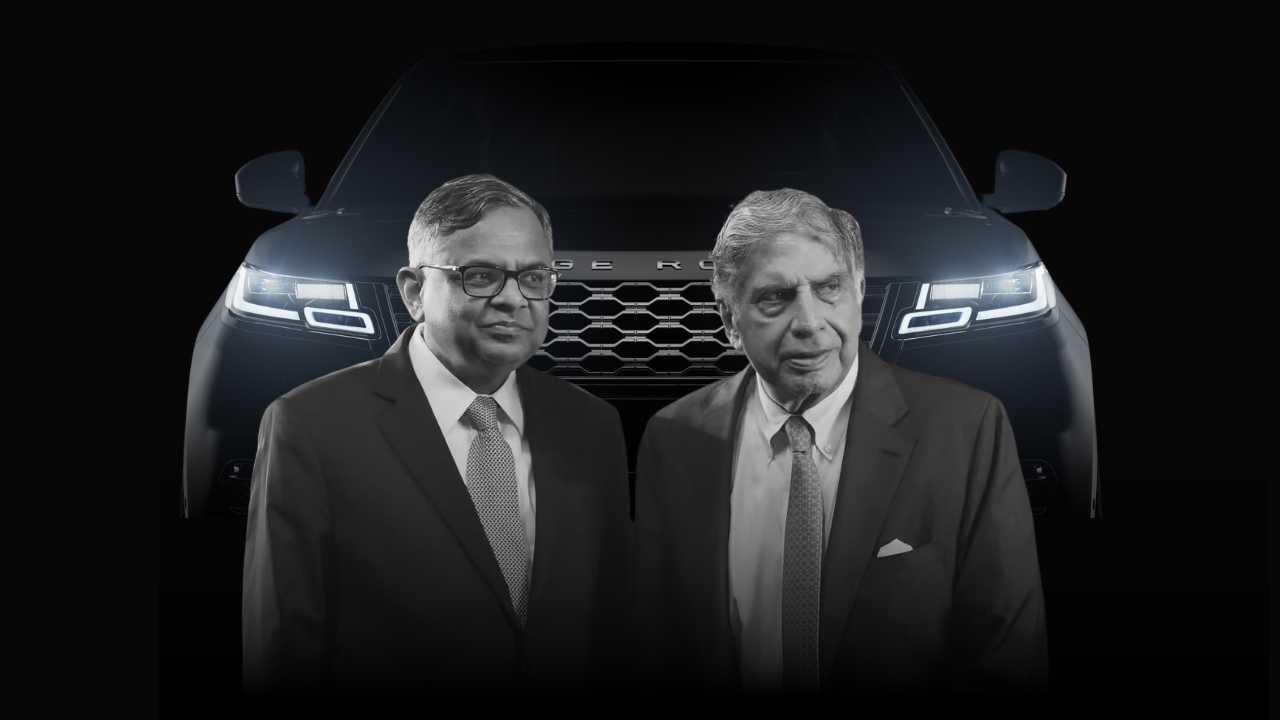Background
Tata Motors: Tata Motors is a flagship company of the Tata Group, one of India's largest and most respected business conglomerates. Originally known as Tata Engineering and Locomotive Co. Ltd. (TELCO), it has evolved into a major player in the global automotive industry. Tata Motors is renowned for its comprehensive range of vehicles, including passenger cars, utility vehicles, trucks, and buses.
Ford Motor Company: Ford Motor Company, established by Henry Ford, is a pioneering and iconic American multinational automaker headquartered in Dearborn, Michigan. With a legacy spanning over a century, Ford is known for revolutionizing the automotive industry through mass production techniques, making automobiles affordable to the general public. Acquired Jaguar Cars for USD 2.5 billion, marking its entry into the luxury segment in 1989.
Acquisition Details
Announcement: Tata Motors first announced its intention to acquire Jaguar and Land Rover from Ford Motor Company in March 2008.
Completion: The acquisition was finalized and legally completed in June 2008, marking a swift and decisive process that took less than four months from the announcement to the closure of the deal.
Purchase Price: Tata Motors acquired Jaguar and Land Rover for USD 2.5 billion (approx ₹10,765.19 crores) in June 2008. This was notably less than what Ford had originally paid for the brands:
All-Cash Transaction: Unlike acquisitions that might involve stock swaps or debt financing, this deal was conducted entirely in cash. This meant Tata Motors paid the full acquisition price upfront without issuing new shares or taking on significant debt as part of the transaction.
Comparison with Ford (Acquirer)
Jaguar: Acquired by Ford in 1989 for USD 2.5 billion.
Land Rover: Acquired by Ford in 2000 from BMW for USD 2.9 billion.
Total Investment by Ford: Nearly USD 5.4 billion in acquiring Jaguar and Land Rover.
Comparative Cost: Tata’s acquisition price represented a significant discount, approximately 43% of the original acquisition costs paid by Ford. This discount reflected the financial difficulties and the need for a turnaround at Jaguar and Land Rover under Ford’s ownership.
Strategic Rationale
Access to Luxury Brands: Tata Motors aimed to gain a foothold in the luxury automotive segment, which was growing globally, by acquiring well-known brands with strong heritage and customer loyalty.
Global Expansion: The acquisition was part of Tata Motors’ strategy to expand its global presence and diversify its product portfolio beyond the Indian market, leveraging the established networks and markets of Jaguar and Land Rover.
Technological Advancement: Tata Motors sought to benefit from the advanced automotive technologies and engineering capabilities inherent in Jaguar and Land Rover, enhancing Tata’s own product development and innovation capabilities.
Economic Conditions: The acquisition occurred during a time of economic downturn and financial crises, which contributed to the lower acquisition cost as Ford sought to streamline its operations and focus on its core brand.
Integration and Management
Retention of Key Personnel: Tata Motors retained key management and engineering teams from Jaguar and Land Rover to ensure continuity and leverage their expertise in luxury automotive manufacturing.
Investment Commitments: Tata Motors committed to significant investments in new product development, plant upgrades, and research and development at Jaguar and Land Rover, with plans to infuse substantial capital to revitalize the brands and improve their competitiveness.
Post-Acquisition Developments
Financial Turnaround: Following the acquisition, Tata Motors implemented strategic initiatives that led to a financial turnaround for Jaguar and Land Rover, which began reporting profits within a few years.
New Models: The combined entity launched successful new models, including the Range Rover Evoque and the Jaguar F-Pace, which contributed to increased sales and market share.
Sales Growth: Under Tata’s ownership, Jaguar and Land Rover saw significant sales growth, particularly in emerging markets such as China and India, as well as strong performance in established markets like the UK and the US.
Synergies Created
Revenue Synergies: Expanded market presence led to increased sales volumes and revenue generation.
Cost Synergies: Economies of scale in manufacturing, procurement, and shared R&D resources.
Innovation: Accelerated development of new models and technology integration, benefiting both brands.
Shareholders' Perspective
Tata Motors' Shareholders: Gained from the expanded product portfolio and global presence. Although the initial period saw significant investments and some volatility, long-term gains in stock value and dividends were realized.
Ford's Shareholders: Benefited from offloading the struggling JLR brands, allowing Ford to refocus on core operations and improve its financial stability.
DISCLAIMER: This blog is solely for educational purposes and not to offer any investment advice. Please do your own research or consult a financial advisor before making any investment decisions.



Comments